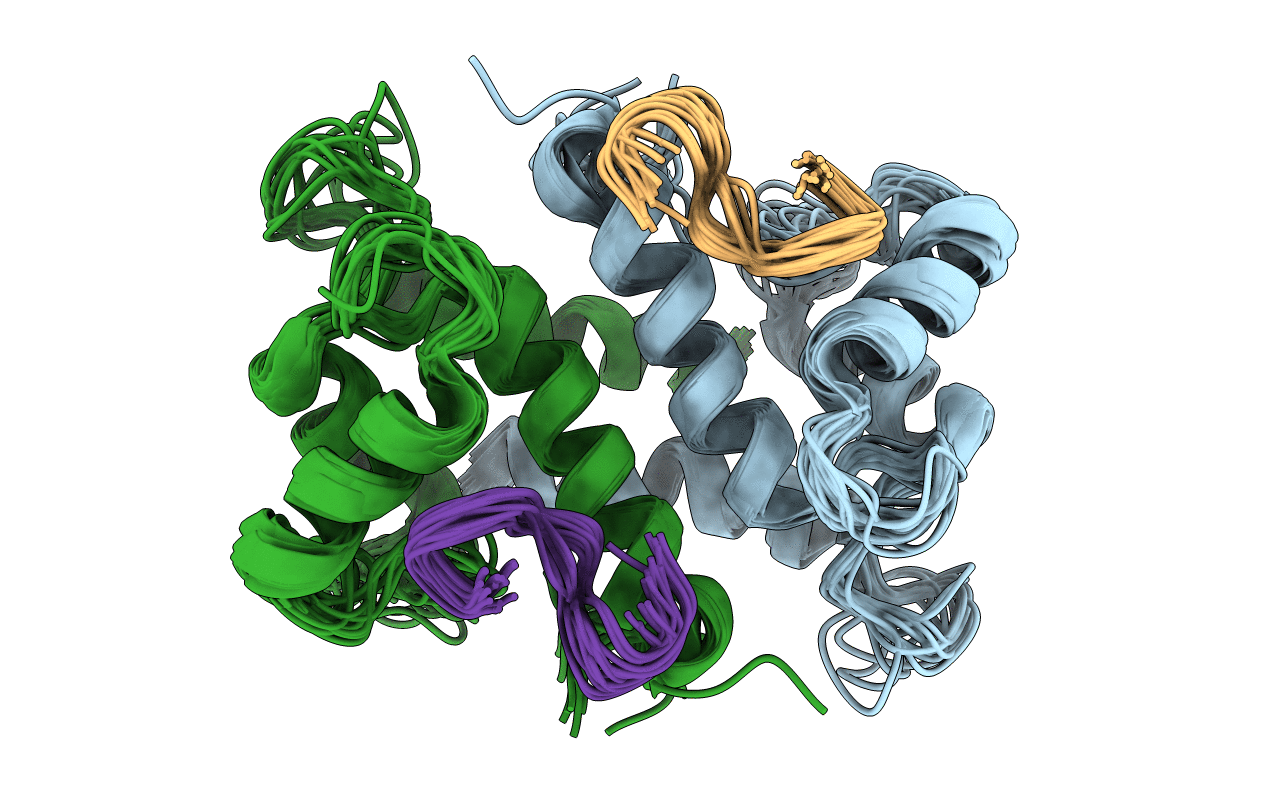
Deposition Date
2002-09-13
Release Date
2002-12-25
Last Version Date
2024-05-22
Method Details:
Experimental Method:
Conformers Calculated:
80
Conformers Submitted:
17
Selection Criteria:
structures with the lowest energy


